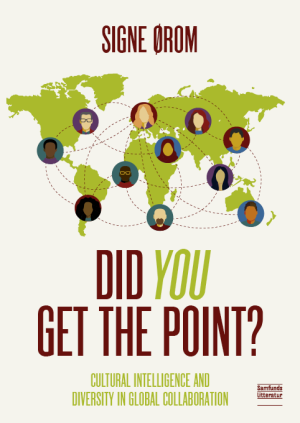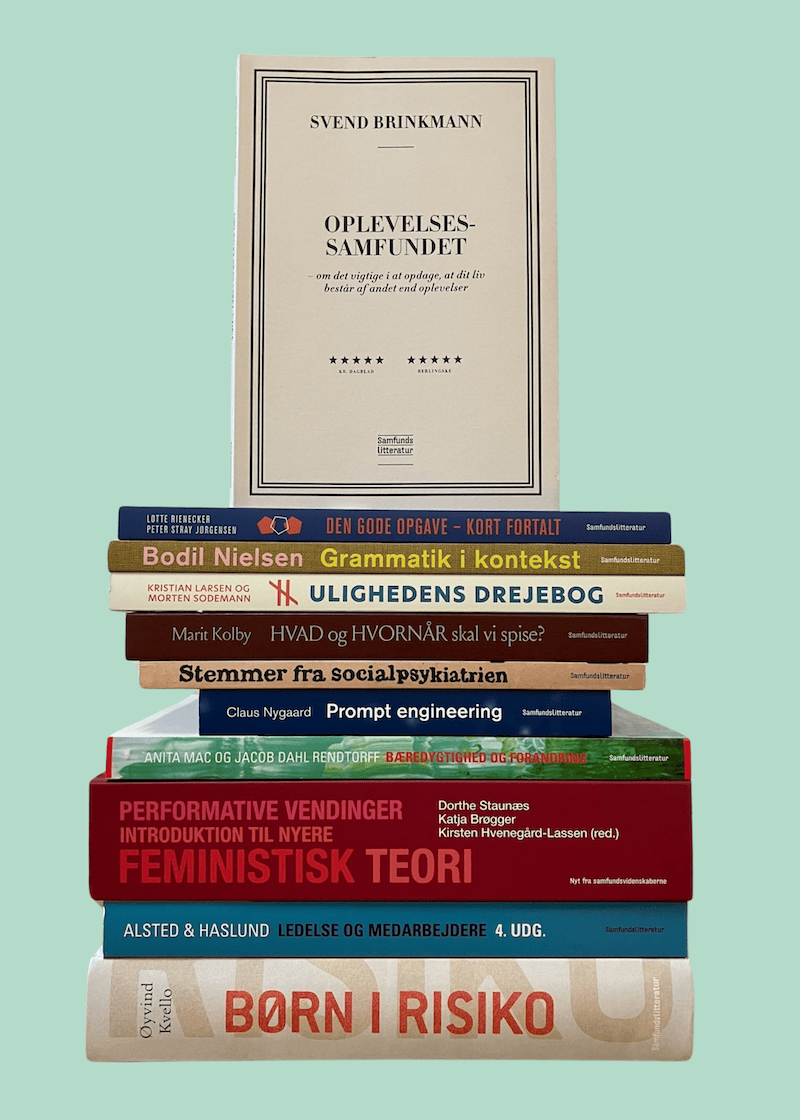Collaboration across cultures, whether virtual or physical, is essential in many companies and organizations, and culture is present in nearly all aspects of any international collaboration. It can present challenges from fundamental cultural biases about what a good leader is to interpretations of micro expressions such as tone of voice, eye contact and body language.
Whether it is the Danish project manager in Dubai struggling with unspoken social rules or the Indian IT-worker in Copenhagen who must navigate the Danish humor or the leader who leads a virtual multicultural team across 8 locations, cultural differences are at play.
Did You Get the Point? prepares you for your global and virtual collaboration with your international colleagues, partners, and customers and provides specific tools on how to approach the collaboration with cultural intelligence. And with that, you will achieve competitive advantages that lie within cultural diversity, including increased innovation, higher job satisfaction and eventually, better performance.
Through cases and quotes from experienced leaders from different companies and organizations such as LEGO, Novo Nordisk, Vestas, Arla, Maersk, Rambøll, AAK, COWI, Blue Water Shipping, HydraSpecma, PepsiCo, UCB Pharma and Tajco, the book provides insights into a long list of situations which typically cause challenges in global collaboration.
This book is for the leader, the employee or the team who is looking to develop their cultural intelligence. Amongst others, you will get answers to questions such as:
- What is cultural intelligence and how do we develop it?
- What characterizes the Danish business and working culture and what should you be aware of as an international working in a Danish organization or context?
- What should you be attentive towards as a global leader in a primarily virtual collaboration?
- How can you work effectively across flat and steep hierarchies?
- How can you create psychological safety and trust in a multicultural, virtual team?
The book is also available in Danish. The two books – Did You Get the Point? and Forstod du, hvad de sagde? are very similar. However, where the Danish version is aimed towards Danes working globally, the English version is adjusted towards internationals working in Denmark or in other ways collaborating with Danes.



